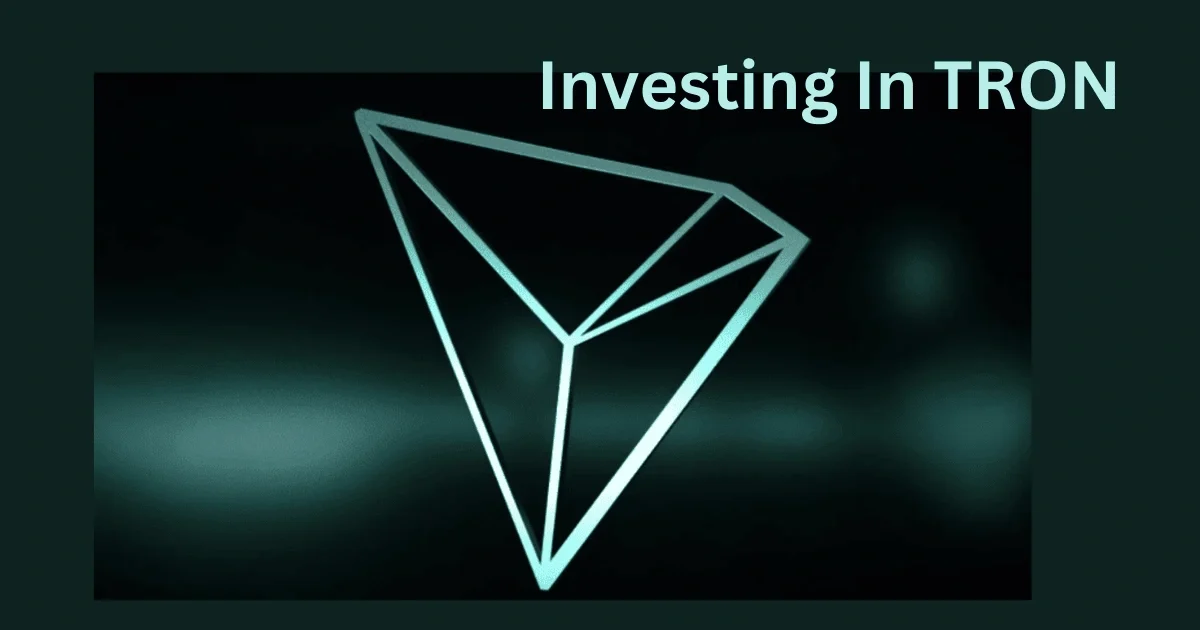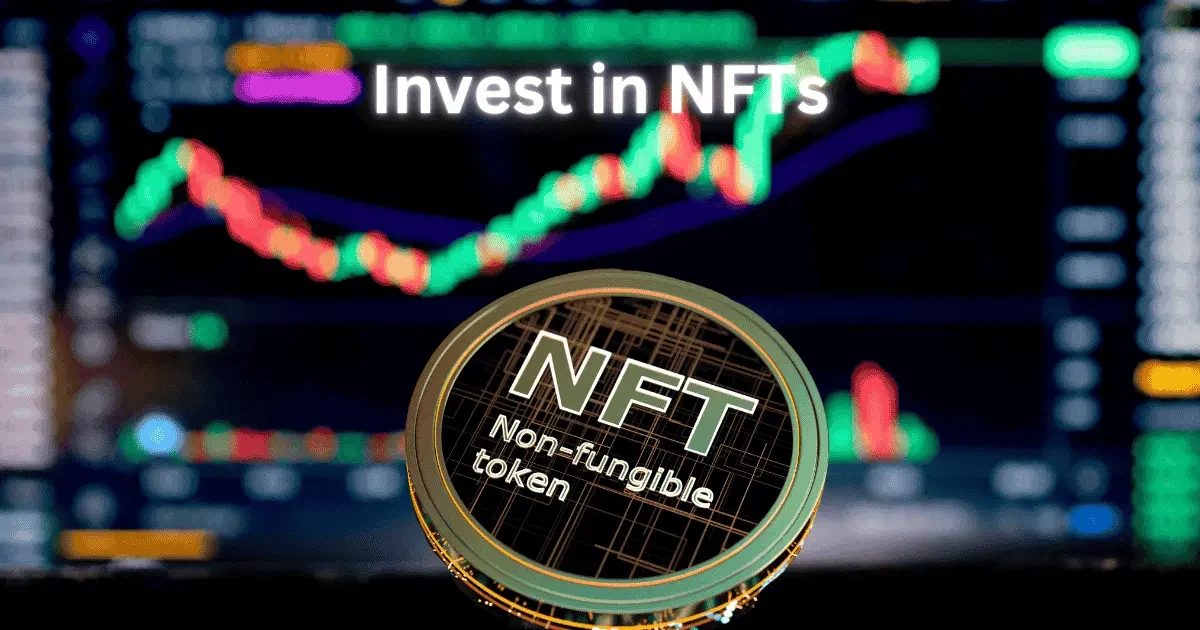NFT ventures typically require upfront capital to buy NFTs. This is a barrier for those without significant funds to commit.
The scalability of NFT ventures is limited by market demand and the value of individual NFTs. You can only scale to the extent that the market allows.
NFT ventures can generate passive income only if the NFTs appreciate in value or if you rent out your digital assets (for example, virtual land or items).
The demand for NFTs has seen significant growth but is still somewhat niche and volatile. While some sectors like art and gaming have seen strong demand, there are signs of oversaturation in the market.
The NFT market is highly competitive with a large number of creators, collectors, and participants. This increases the difficulty of finding profitable opportunities unless you are an early adopter.
NFT ventures can provide immediate earnings if you buy low and sell high quickly, but this requires market timing and luck. It’s not a guaranteed income stream.
The stability of NFT ventures is uncertain due to its reliance on speculative markets and trends. The market can be highly volatile, and long-term stability is questionable.
There is a considerable risk of failure in NFT ventures. It is possible to lose money due to market fluctuations or committing to overvalued assets.
NFT ventures offer some opportunities for newcomers, especially those who are willing to learn and take risks. However, the market may be challenging for those without experience or a network.
NFT ventures are sensitive to market trends, regulations, and external economic factors, which can impact their performance.
NFTs are accessible globally, though they depend on cryptocurrency markets that may have regional regulations. Accessibility can be an issue depending on local laws.
NFT ventures require knowledge of cryptocurrency, blockchain technology, and market analysis. While it is possible for beginners to learn, it is not an “easy” way to make money.
NFT ventures offer varying withdrawal times depending on the platform and the cryptocurrency used. However, some delays and costs are associated with transfers and exchanges.
NFT ventures do not guarantee easy money. They require research, patience, and luck. Many participants do not profit, and there is a risk of losing money.


